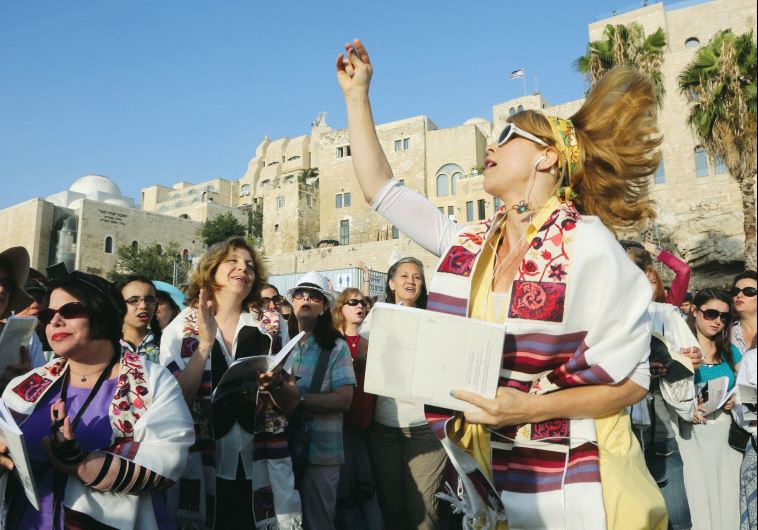How did the Western Wall prayer saga start and how is it likely to end?
For almost 30 years, Women of the Wall and others have been fighting to pray at the Kotel the way they want.
 Members of Women of the Wall at a prayer service at the Kotel in 2013(photo credit: MARC ISRAEL SELLEM)Updated:
Members of Women of the Wall at a prayer service at the Kotel in 2013(photo credit: MARC ISRAEL SELLEM)Updated: